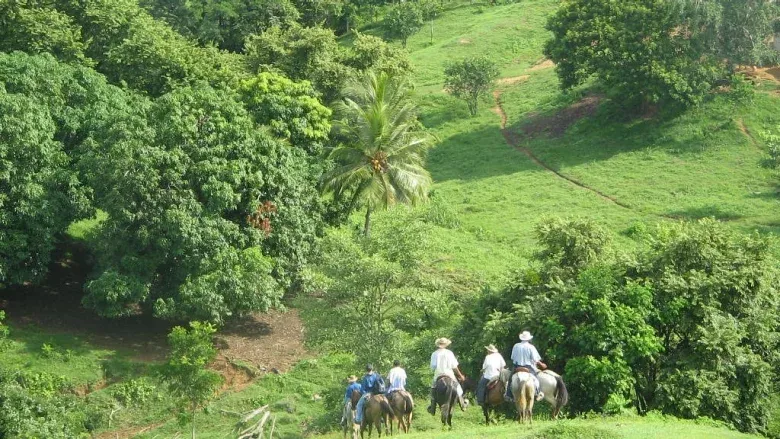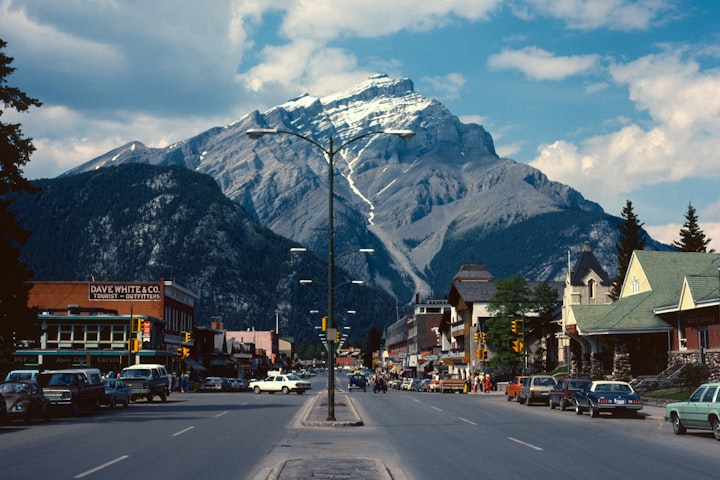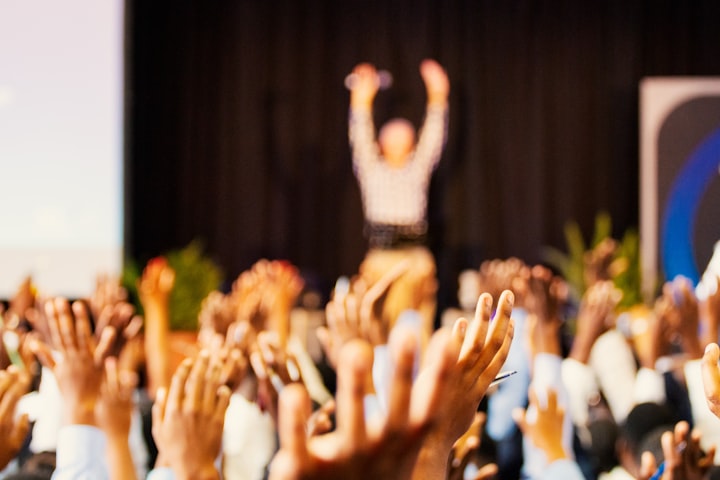When I first started pitching my own documentary stories to producers, I got a lot of rejections. Not because the topics weren't interesting, but because my pitches weren't about people. I wanted to tell stories about big issues like mercury pollution and landslides.
But the producers always insisted that I have a story about a real person to bring that topic to life. It used to bug the crap out of me. Until I finally got it.
For example, I ended up featuring a volcanologist who was doing dangerous and fascinating fieldwork in the mountains around the ski resort in Whistler BC to tell my story about landslides.
Yet most of the climate storytelling I see coming out of organizations today fails to do that. Organizations like the World Bank do a great job of reporting on how their investments brought clean drinking water to xx communities or supported the construction of yy solar farms. And while it is really important that they amplify what they're doing and learning to inspire more climate action, when you watch and read their stories, you realize that they completely lack any emotion or human connection. Which makes it tough for us to remember, care about and share that story.
How could they do better? Find one person and tell the story through them. For example, in the video below, the caption says that 'Climate change is making access to safe drinking water more difficult in Yemen', while we see a person carrying water. The next caption says that 'Villagers have sometimes had to choose between buying water or food', over a shot of two people carrying water.
This little video would be so much more memorable and inspiring if the producers had found someone being affected by the situation and had them tell us the exact same thing in their own words, as well as how they're fixing it. Yes, it might take a few seconds longer. But the trade-off in impact is enormous.
Plus, it completely changes the perspective of the story, elevating the people in it from being victims of their situation to heroes.
In another written story, the World Bank tells readers how Costa Rica used funding from the WB Forest Carbon Partnership Facility to protect forests and cut emissions. But the piece is filled with jargon and related program links. Though there are a couple of photos of people, there's no story here about what real people did, what obstacles they had to overcome, what they learned or how it changed their day-to-day lives. I understand that the focus is on the way policies and programs can scale impact. But the article reads more like a list of facts and quotes than a story, which means that the World Bank is missing out on a golden opportunity to engage its audience and build human connections.
When you're preparing to tell the story of your work, stop and ask yourself why you're doing it. What impact do you want to have? What do you want people to take away? Odds are that you want them to learn from, remember and be inspired by your story. If that's true, then you absolutely have to find a way to make it human. I guarantee the ROI will be worth it!
If you're ready to take your storytelling to the next level, join the next session of my leadership storytelling course.





